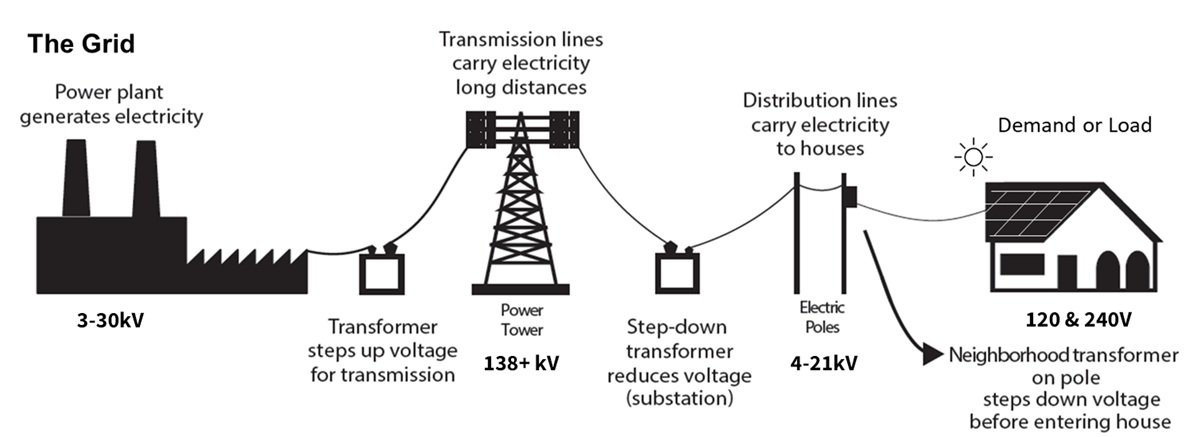Human migration due to climate change impacts, such as floods, heat waves, droughts, and wildfires, is on the rise.
Climate change is exerting increasing pressure on people throughout the world, especially Indigenous, people of color, and low-income groups, coastal communities, and those reliant on agriculture. Historically, Mexican migration to the United States has spiked during periods of drought. By 2080, climate change could drive 6.7 million more people to the Southern U.S. border. Drought pushed Syrians into cities, exacerbating tensions and discontent before the ongoing civil war, which has lasted more than a decade. Unemployment, inflation due to agricultural prices, and rapid urbanization due to crop losses were important stressors that helped stoke Arab Springs in Egypt and Libya.
Climate crises have already uprooted millions within the United States. In 2018, 1.2 million were displaced by extreme conditions, fire, storms, and flooding. By 2020, the annual toll rose to 1.7 million people. Most recently, the Maui fires, and the redevelopment and gentrification that may follow, have pressured many Native Hawaiians to migrate to the U.S. mainland. Native Hawaiians are a group that have been historically marginalized, and which includes many of the state’s poorest.
Although climate migrants have some basic rights under existing international human rights laws, many important protections that are provided to other groups, such as political refugees, are wanting. Currently, governments are responsible for any internal climate migrants, i.e. migrants who move within a country, but are not obligated to protect those crossing borders. “Refugee” is a term defined by the 1951 Refugee Convention and was initially created to manage populations fleeing violence or persecution in Europe during World War II. Excluded from the 1951 Convention are those fleeing from climate extremes or other natural disasters. As such, nations have limited plans to address climate migrants. Identifying who can be classified as a climate refugee is also not easy, as worsening weather conditions exacerbate poverty, crime, and political instability, as well as fuel tensions over diminishing resources.
Only within the last decade have major international organizations, such as the World Bank, recognized the relationship between climate change, migration, and sociopolitical instability. Recently, documents (e.g. NY Declaration for Refugees and Migrants, Global Compact for Safe, Orderly, and Regular Migration) have been published recognizing climate change as a driver of migration. In 2020, the UN Human Rights Committee ruled that climate refugees cannot be sent home if this would put their life in danger due to climate change effects. However, this ruling is not internationally binding, and special legal protection is still not offered for those affected worldwide by the international community.
Globally today, 50 million climate-displaced people outnumber those fleeing political persecution. The UN International Organization for Migration has estimated that there will be as many as 1.2 billion by 2050.
The act of migration is incredibly difficult for those who undertake it. Leaving behind home and community requires funds, contacts, and immense amount of courage. Migrants may find it challenging to find housing, childcare, and other public facilities in urban areas, or else may find themselves in employment with inhumane working conditions. The significant resources required for migration also means that the most vulnerable groups – those with low levels of income and education – are more likely to be left exposed to the continued impacts of climate change and thus, fall deeper and deeper into poverty. Many people who are in danger refuse to migrate – residents of small Pacific Island states resist the push from governments and organizations to move as sea levels rise, deciding instead to stay where they were raised and where their ancestors are buried despite growing risks to their safety and livelihoods.
Women are especially vulnerable to climate change impacts, due to gender roles and responsibilities, coupled with deep economic and social gender inequalities and underrepresentation in decision-making. During an extreme climate event, low-income women are 14 times more likely to die than men, due to higher responsibilities at home, little decision-making power within the family, or lack of education. Whether women migrate or remain where they are, they continue to be disproportionately impacted by climate change. In low-income countries, women are highly dependent on natural resources for their livelihood, and therefore face higher agricultural workloads and responsibilities, and are unlikely to seek help when disasters occur. When women opt to migrate, they are faced with higher risks of abuse, violence, discrimination and exploitation.
Climate change has and will continue to alter the land we live on and the lives we live. Migration can be a beneficial event for both the migratory and the receiving country: The Global North receives new groups of workers to replace the aging workforce. It is critical that sensible planning avoids focusing on worst-case scenarios, in which the developed world refuse migrants, and also refuse to help them at home. Instead, more resources can be put into mitigation efforts and disaster risk reduction. Migration is inevitable in our changing climate, and wealthy donor countries can use adaptation funding to support governments that are planning for climate mobility, both internal and cross-border. Finally, recognition of climate migrants as “refugees,” as defined by the United Nations, can provide the much-needed humanitarian statuses to the displaced.

















